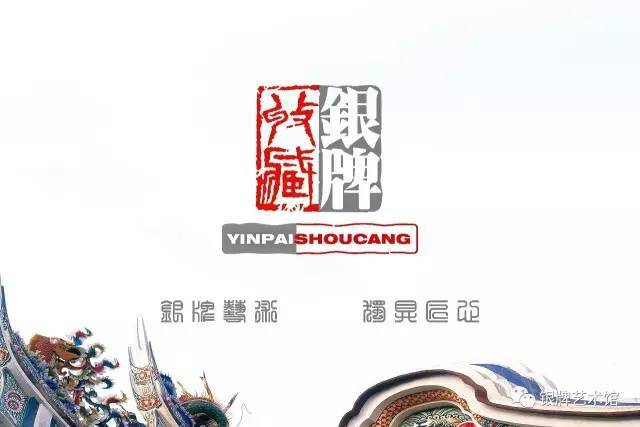
Prophet Habakkuk
Hello everyone! Today I would like to introduce the marble statue "Habakkuk of the Prophet" created by the Italian early Renaissance sculptor Donatello between 1420 and 1435, located in the northern shrine of giotto bell tower in Florence, Italy.
Habakkuk, also known as Zukona, was the only prophet who questioned God. The work was recognized as a rare masterpiece, so that whenever Donatello later swore an oath to prove the authenticity of something, he often said "in the name of my Zucona".
In the Habakkuk statues, there is no longer a solemn face, a long beard hanging down to the chest, a very cleverly arranged pleat, and all the traditional laws are gone. The balding pointed head, with a thin face and an open mouth, is not a beautiful man's appearance, but a particularly ugly image. He is no longer the prophet represented in his previous works, but a faithful portrait. Donatello used real people as models to create statues of saints, ushering in a new era in the history of sculpture.
There are no folds of clothing arranged according to the movement of the flesh, and the entire body is just wrapped under a heavy cloth. It can be said that Donatello discarded all artistic rhetoric, making the "ugliness" of the work more obvious.
Florentine art has always been a study of plastic beauty, but it was abandoned by Donatello. He copied nature to the fullest, as if to think that a subtle and accurate sketch was the "beauty" of a complete work.
Habakkuk expresses a different kind of beauty, the beauty of the spiritual life conveyed by the lines. The large mouth, the wrinkles next to it, were markers of old nostalgia; the body did not seem to be able to support the heavy clothes; the shoulders on the lower side indicated his sleepiness. The eyes were not closed, but a mist of sadness was obscured.
END